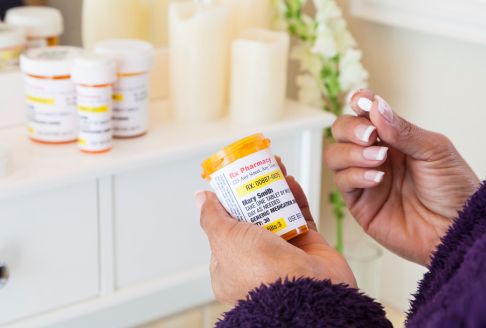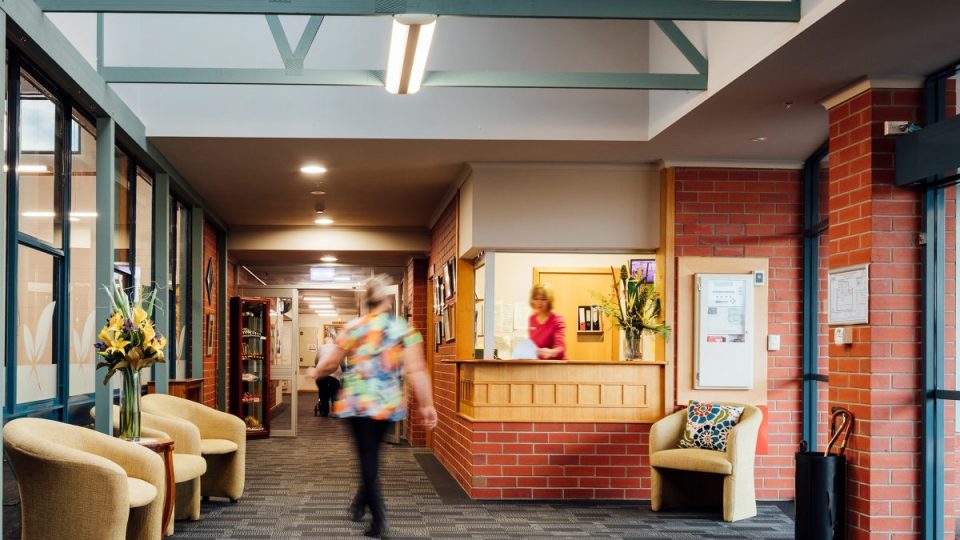Australian Home Medicines Review | Empowering better health
- 18 Apr 2024

The Home Medicines Review program, administered by the Australian Government Department of Health and Aged Care, plays a key role in ensuring the safe use of medicines at home.
The program involves an accredited pharmacist visiting you at home to check that you are taking your medicines correctly and that they are working for you. The pharmacist will work with you to ensure that you are receiving the right medicines at the right dose for your condition. They will also help identify any potential drug interactions and advise on any dosage adjustment and simplifications to your medication review.
You may want to ask for a Home Medicines Review if you take a lot of different medicine, visit different doctors to obtain prescriptions, are feeling unwell on your medication or are struggling to remember to take your dose at the right time.
How do I get a Home Medicines review?
Your doctor can assess your eligibility for a Home Medicine Review, so the first step is to make an appointment with your General Practitioner (GP). If your doctor agrees that you would benefit from a Home Medicines Review, they will write a referral to an accredited pharmacist.
While there is no cost for a Home Medicines Review, you may need to pay for your GP visit, unless they are a bulk billing clinic.
Preparing for a Home Medicines Review
Before the pharmacist arrives, take stock of all the medicines you are taking. This should include prescribed medication, over the counter medicines (e.g., pain relief, eye and ear drops, etc.) as well as any vitamins or other supplements.
What happens during the Home Medicines Review?
The pharmacist will visit you at home and ask you questions about all the medicines, vitamins and supplements you are taking.
They will assess the safety of your medicines by checking that they haven’t passed their expiry dates and are being stored correctly. The pharmacist will ask you questions about how you are taking the medicines and suggest ways to help you remember to take them at the right times.
What happens after the Home Medicines Review?
After speaking with you, the pharmacist will write up a report and send it to your doctor. You can make an appointment with your doctor to discuss the report findings. Your doctor will write up a plan for you to help better manage your medicines, including changes to your medicines, if needed. This is known as a ‘Medication Management Plan’.
Where can I get more information about the Home Medicines Review program?
For more information, visit the Home Medicines Review website or speak with your GP.
Remember: knowledge is the best prescription for well-being. So, if you are feeling concerned about your medication, don’t hesitate to reach out for advice.
Community news
-

BaptistCare to acquire Keyton’s Western Australian retirement village portfolio
BaptistCare is pleased to announce that we have entered into an agreement to acquire Keyton’s portfolio of retirement villages in WA.
- 13 Nov 2025
-

Spotlight on Residents: Reg Baker
At Baptcare, we are always delighted to learn more about our residents’ lives. They are often filled with excitement, joy, and adventure, and it truly reminds us how rich a person’s life is—and continues to be—when they join one of our residential aged care communities. Today, we are honoured to share the remarkable story of one of our residents, Reg Baker, who lives at Baptcare Peninsula View Residential Aged Care community.
- 10 Nov 2025
-

Staff spotlight | Leonie Irvine – 35 years of service in aged care
Leonie is one of our dedicated Lifestyle Assistants at Karingal Residential Aged Care community in Devonport, Tasmania. She recently celebrated an incredible milestone - 35 years of continuous service at Baptcare. In a sector where long-term service is increasingly rare, Leonie’s 35-year journey stands out as something truly special.
- 10 Nov 2025
